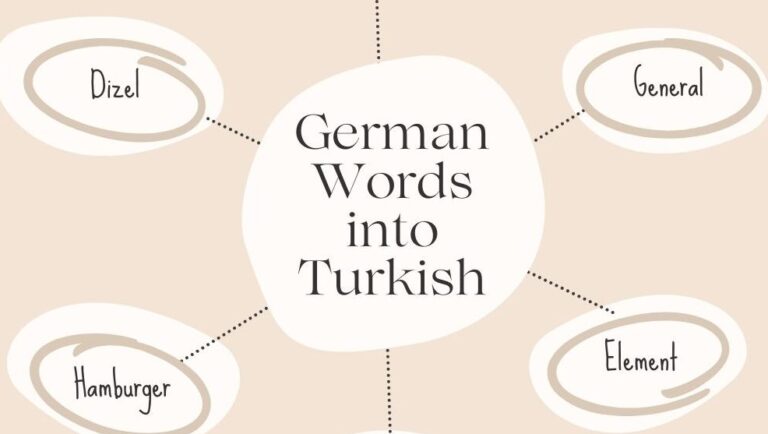Learning Turkish! Easy or Difficult?
The correct answer here is not “Yes, it is difficult” or “No, it is very easy”. But we can say that it is different from many languages you know. So the correct word here is “Difference”. Most probably the most striking thing you will notice is that playing with roots and suffixes. I always tell my students that Turkish is like Lego. You can build infinite words with countless suffixes added to the roots. The important thing is to choose and add the right piece to the Lego appropriately. I am sure you will have fun in the Turkish depths after overcoming the first shock because Turkish is not as difficult as you think. But let us learn more details and you decide if it is difficult or not.
Why is Turkish easy?
1. It is a regular language. Exceptions are few, and grammar rules are simple. Once you have learned the rule, the only thing left is to use it in practice.
2. It is an agglutinative language. This means you can change the meaning of a word by adding different suffixes to it. It also means that you can easily guess a word whose meaning you do not know. For example, çiçek (flower) çiçekçi (florist) çiçeklik (vase, plant stand). As you can see, if you know the word “Çiçek”, then you can guess the meaning of the newly derived word according to the meaning feature added by the suffixes.

3. No Gender! Words have no gender and no articles.
No Irregular Verbs! Irregular verbs that you have to memorize
Yes, the Latin Alphabet! The use of the Latin alphabet since 1928 has facilitated the language
Yes, Rythmic Sound! Turkish is a harmonic language based on vowel/consonant harmonies and can sometimes sound like music
Why is Turkish difficult?
1. A word can take numerous suffixes and this can sometimes make it difficult to understand and pronounce
Example: ““Muvaffakiyetsizleştiricileştiriveremeyebileceklerimizdenmişsinizcesine”
(Do not be afraid that such long derived words are the exception:) ).
2. The order of elements in a sentence is as follows.
Subject + Object + Verb
It means you should keep the verb in your mind until the end of the sentence and say it last. Especially with Indo-European languages such as English and German as your mother tongue, you will immediately want to put the verb in the second place. Do not be afraid, even if you put the verb in the second place. we will understand you, but your sentence will not be grammatically correct 🙂
3. A suffix can sometimes be just one letter and can completely change the meaning of this word.
Çanta (bag)
Çanta-n (your bag)
Çanta-m (my bag)
As you can see, the first person possessive suffix “m” and the second person possessive suffix “n” are very close to each other.




I have been surfing online more than 4 hours today, yet I never found any interesting article like yours.
It’s pretty worth enough for me. In my opinion, if all
web owners and bloggers made good content as you did, the net will be a lot
more useful than ever before.
Merhaba Karen,
Thank you for your comments, and we are pleased to hear from you. Feedback like this increases our motivation.
If you have any questions about the Turkish language or Turkey, I’ll be happy to help. Please feel free to contact us at any time, and I’ll do my best to provide you with the information you need.